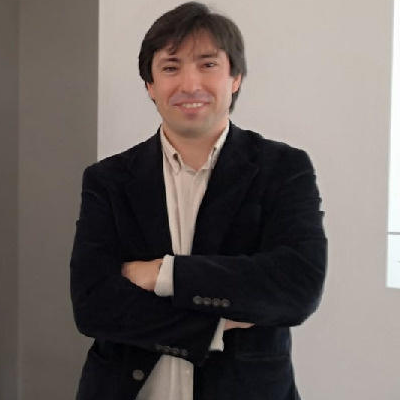Mechanisms in Biofilm Formation, Tolerance and Control
A special issue of International Journal of Molecular Sciences (ISSN 1422-0067). This special issue belongs to the section "Molecular Microbiology".
Deadline for manuscript submissions: closed (15 December 2022) | Viewed by 28722
Special Issue Editors
Interests: biofilm formation; biofilm control
Special Issues, Collections and Topics in MDPI journals
Interests: antimicrobial agents; emerging antimicrobial strategies; antimicrobial resistance; biofilms; plant secondary metabolites
Special Issues, Collections and Topics in MDPI journals
Special Issue Information
Dear Colleagues,
Research on biofilms has progressed rapidly in the last two decades. The scientific community has come to understand many things about the particular biology of microbial biofilms through a variety of microscopic, physical, chemical, and molecular techniques. Such advances provided fundamental insights for the management of biofilms by different approaches. For problematic biofilms, some studies seek to prevent biofilm formation, others aim to develop antimicrobial agents to treat existing biofilms, and others to disrupt the polymeric ties that bind the biofilms together. It is now clear that the study of biofilms requires a multidisciplinary approach, and that the knowledge on many of the aspects affecting biofilm formation and resistance remain superficial.
This Special Issue aims to collect the recent advances in biofilm research, particularly on the mechanisms underlying biofilm formation and tolerance to antimicrobials. Studies on control approaches targeting specific biofilm mechanisms are within the aim of this Special Issue.
Dr. Lúcia Chaves Simões
Dr. Manuel Simões
Guest Editors
Manuscript Submission Information
Manuscripts should be submitted online at www.mdpi.com by registering and logging in to this website. Once you are registered, click here to go to the submission form. Manuscripts can be submitted until the deadline. All submissions that pass pre-check are peer-reviewed. Accepted papers will be published continuously in the journal (as soon as accepted) and will be listed together on the special issue website. Research articles, review articles as well as short communications are invited. For planned papers, a title and short abstract (about 100 words) can be sent to the Editorial Office for announcement on this website.
Submitted manuscripts should not have been published previously, nor be under consideration for publication elsewhere (except conference proceedings papers). All manuscripts are thoroughly refereed through a single-blind peer-review process. A guide for authors and other relevant information for submission of manuscripts is available on the Instructions for Authors page. International Journal of Molecular Sciences is an international peer-reviewed open access semimonthly journal published by MDPI.
Please visit the Instructions for Authors page before submitting a manuscript. There is an Article Processing Charge (APC) for publication in this open access journal. For details about the APC please see here. Submitted papers should be well formatted and use good English. Authors may use MDPI's English editing service prior to publication or during author revisions.
Keywords
- adhesion
- antimicrobial action
- antimicrobial resistance
- biofilm development
- biofilm matrix
- biofilm structure
- quorum sensing
- motility
- surfaces







